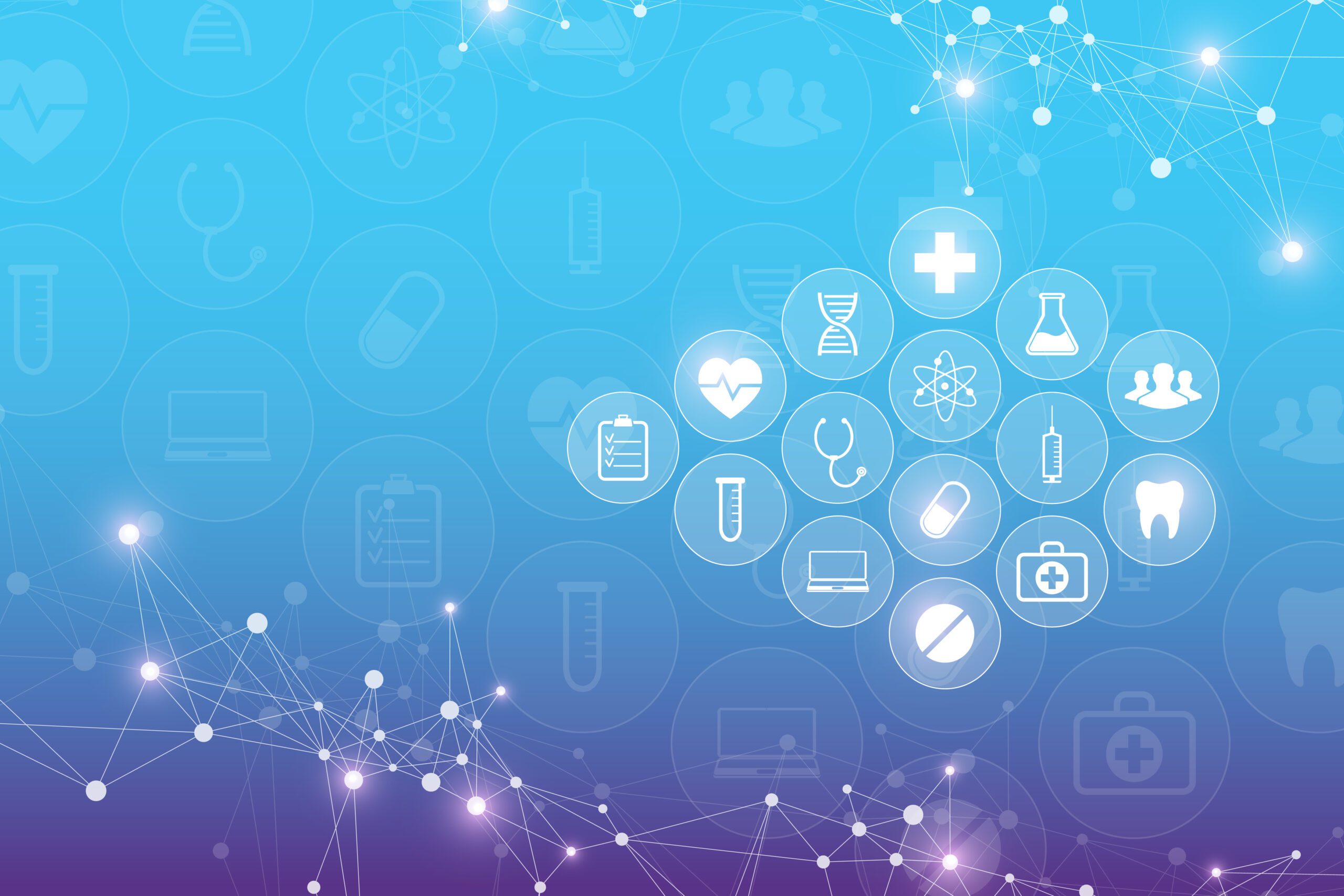The term composability has emerged as a popular topic among healthcare industry analysts and CIOs. But what does composability really mean and why should care management leaders care if they have composable systems sitting on composable architectures?
We thought it would be helpful to de-mystify the term and talk in real-world business scenarios that show composability in action so you can better understand what it means and why it is important.
But first, we’re going to look at a formal description of a composable architecture that was used in a recent article in Architecture and Governance magazine. The article reiterates Gartner Group’s definition of the building blocks of composable architecture to include business architecture, technologies, and thinking. As these are foundational to any organization, managing composability is somewhat easy as the pieces are already there.
The article goes on to say, “Composable architecture brings a new way of understanding how the existing pieces fit together, essentially expanding the way enterprise architectures use existing competencies. When shifting the approach toward composability, enterprise architects embed adaptability in design, and enable the enterprise to plan for many futures.”
What does composability mean for care management software?
Practically speaking, what does that mean? Perhaps the easiest way to understand composability is to examine its opposite: monolithic.
With many monolithic, legacy care management systems, the vendor requires an all-or-nothing approach to purchasing and implementing the system. In order to accomplish the tasks the system was designed to do, health plans must implement the entire system at once. This often leads to lengthy implementation cycles, heavy IT burdens, and frustrated business users. And the industry is changing so rapidly, the requirements of the system are likely changed many times over during the time it takes to get the system live.
As the IT burden grows, so does the length of the implementation cycle, the cost of the system, and the impact of the missed opportunities that come with industry changes. This approach also results in health plans being forced to choose between best-of-breed systems that give them superior functionality and lesser quality but faster-to-implement systems that were “good enough.”
With GuidingCare, we are bringing the best of both worlds together with our fresh approach to composable solutions.
The Lego Analogy
Perhaps the easiest way to understand composability is to think about Legos. Anyone can sit down, take different shapes and sizes of Legos, and build something. That’s because the underlying system used to connect the pieces are standard and separate from the shape of the individual parts. You can buy individual Lego pieces and build something of your own, or you can buy pre-packaged Lego sets and follow the instructions to build something very specific. That’s essentially the way composable software solutions work.
The Benefits of the Lego Approach
With composable solutions, health plans get to choose which pieces of functionality they want to purchase and implement…and do so on their own timeline. Technically speaking, composable solutions reach into a shared services layer that allow certain pieces of functionality to work independently. This not only makes these solutions easier and faster to implement, but also gives health plans the freedom to choose which solutions from which vendors are right for their individual lines of business at the right time.
Composable solutions also reduce the IT burden because the interfaces are standardized and published for multiple vendors to use. For example, GuidingCare delivers pre-packaged interfaces with several different vendors. When the underpinnings are standard, building connections between disparate systems is easy.
Software vendors also benefit from delivering composable solutions. They can build and deploy new capabilities faster than if they had to deploy them in the context of larger, monolithic systems. The testing cycles are shorter, which enables vendors to be more responsive to changing industry and customer demands and move their products to market faster. And finally, composable software solutions are easier for vendors to maintain and access for issue resolution.
Putting the Pieces Together
For all of the talk about composability, the health insurance industry is still in its infancy compared to other industries. In a recent analyst report, healthcare ranked last among 16 different industries in terms of embracing composable thinking, business architecture, and technology.
Why is that? Perhaps the pace at which the healthcare industry is changing has risen so dramatically in the past 10 years that the legacy systems in place simply could not keep up. Ever since the Affordable Care Act was passed and then again as value-based care payment models come into vogue, health plans have been struggling to adapt and reimagine the way care plans are built and deployed, the way claims are generated and paid, and even the way business decisions are made. Composable solutions gives health plans a path forward and the ability to be nimbler and more adaptable as these changes occur.
Composable solutions are becoming an important selection criterion for modern care management systems. To learn more about composable and interoperable solutions, check out our new white paper, Transforming Healthcare: The Role of Open and Flexible Care Management Systems.






